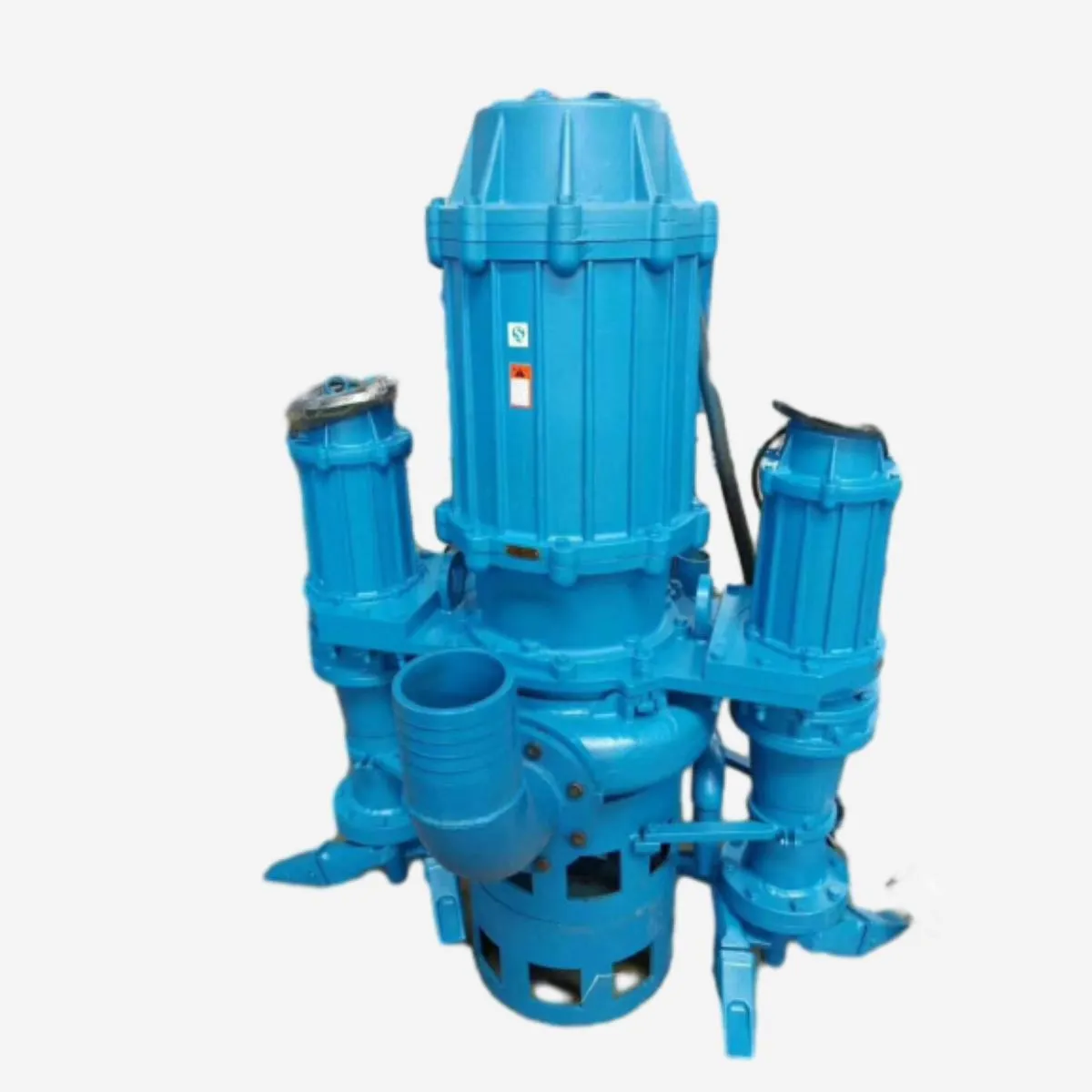Tajik
- Afrikaans
- Albanian
- Amharic
- Arabic
- Armenian
- Azerbaijani
- Basque
- Belarusian
- Bengali
- Bosnian
- Bulgarian
- Catalan
- Cebuano
- Corsican
- Croatian
- Czech
- Danish
- Dutch
- English
- Esperanto
- Estonian
- Finnish
- French
- Frisian
- Galician
- Georgian
- German
- Greek
- Gujarati
- Haitian Creole
- hausa
- hawaiian
- Hebrew
- Hindi
- Miao
- Hungarian
- Icelandic
- igbo
- Indonesian
- irish
- Italian
- Japanese
- Javanese
- Kannada
- kazakh
- Khmer
- Rwandese
- Korean
- Kurdish
- Kyrgyz
- Lao
- Latin
- Latvian
- Lithuanian
- Luxembourgish
- Macedonian
- Malgashi
- Malay
- Malayalam
- Maltese
- Maori
- Marathi
- Mongolian
- Myanmar
- Nepali
- Norwegian
- Norwegian
- Occitan
- Pashto
- Persian
- Polish
- Portuguese
- Punjabi
- Romanian
- Russian
- Samoan
- Scottish Gaelic
- Serbian
- Sesotho
- Shona
- Sindhi
- Sinhala
- Slovak
- Slovenian
- Somali
- Spanish
- Sundanese
- Swahili
- Swedish
- Tagalog
- Tajik
- Tamil
- Tatar
- Telugu
- Thai
- Turkish
- Turkmen
- Ukrainian
- Urdu
- Uighur
- Uzbek
- Vietnamese
- Welsh
- Bantu
- Yiddish
- Yoruba
- Zulu
Telephone: +86 13120555503
Email: frank@cypump.com
Dec . 04, 2024 10:07 Back to list
Self-Priming Effluent Pumps for Efficient Wastewater Management Solutions
Self-Priming Effluent Pumps Advancements and Applications
In the realm of fluid management and wastewater treatment, self-priming effluent pumps have emerged as essential tools for various industrial and residential applications. These pumps are designed to handle effluent—liquid waste that can contain solids and other debris—while ensuring that they operate efficiently without the need for manual priming. This article explores the technology behind self-priming effluent pumps, their benefits, and their applications across different sectors.
Understanding Self-Priming Technology
Self-priming pumps, as the name suggests, are capable of removing air from the pump and its suction line, allowing it to start drawing in fluid automatically. This feature is crucial for effluent pumps, particularly as they may be installed in locations where priming with water is impractical or difficult. Traditional pumps require the operator to fill the pump casing with water before starting, which can be cumbersome and time-consuming.
A self-priming effluent pump employs a unique design that incorporates a mechanism—typically an impeller—that generates both suction and pressure. As the pump operates, it creates a vacuum that pulls fluid into the casing. Once the pump is primed, it can continuously draw in liquid, even if the liquid level fluctuates, provided that it stays within operational parameters.
Key Advantages
1. Convenience One of the primary advantages of self-priming effluent pumps is their convenience. They can quickly start working without requiring preliminary steps to fill the pump with fluid. This time-saving feature is particularly valuable in emergency situations or where water is scarce.
2. Portability Many self-priming effluent pumps are designed to be portable, making them suitable for temporary installations or on-site applications. This portability is beneficial for construction sites, where waste water may need to be moved from one location to another quickly.
3. Versatility These pumps can handle a wide range of liquids, including those that contain solids or semi-solids, making them ideal for various applications. Their ability to pump liquid waste from septic tanks, trenches, and other collection points adds to their versatility.
4. Reduced Maintenance Self-priming pumps require less daily maintenance compared to traditional pumps, as they are designed to operate efficiently even under less-than-ideal conditions. Their robustness reduces the likelihood of blockages and other common issues, leading to lower overall operational costs.
self priming effluent pump

Applications in Various Sectors
Self-priming effluent pumps are widely used across multiple industries, including
- Construction In construction, these pumps are often employed to manage groundwater and effluent from sites, ensuring that work can proceed without delay due to water accumulation.
- Municipal Wastewater Management Municipalities utilize self-priming effluent pumps to manage sludge and effluent from treatment plants, ensuring that waste is processed efficiently and effectively.
- Agriculture In agricultural settings, self-priming pumps are employed to manage lagoon or tank effluent, facilitating the recycling of nutrients and organic matter back into the soil.
- Residential Use Homeowners often rely on self-priming pumps for sump pumping needs, particularly in basements and crawlspaces where water may accumulate during heavy rains or flooding.
Future Trends
As technology evolves, so too will the capabilities of self-priming effluent pumps. Innovations such as smart sensors for monitoring pump performance, automated controls for minimizing energy consumption, and enhanced materials to withstand aggressive fluids are on the horizon. Sustainability is also becoming paramount, with manufacturers focusing on designing pumps that consume less energy and have a smaller carbon footprint.
Conclusion
Self-priming effluent pumps are crucial for efficient waste management across various applications. The convenience, versatility, and reduced need for maintenance make them an invaluable asset in sectors ranging from construction to agriculture. As technology continues to advance, these pumps are poised to become even more efficient and environmentally friendly, supporting the growing global emphasis on sustainability and responsible fluid management practices. Investing in a self-priming effluent pump can be a wise decision for anyone looking to streamline their effluent handling processes.
-
ISG Series Vertical Pipeline Pump - Chi Yuan Pumps Co., LTD.|Advanced Hydraulic Design&Energy-Efficient Solutions
NewsJul.30,2025
-
ISG Series Vertical Pipeline Pump - Chi Yuan Pumps Co., LTD.
NewsJul.30,2025
-
ISG Series Vertical Pipeline Pump - Chi Yuan Pumps Co., LTD.|energy-efficient fluid handling&industrial durability
NewsJul.30,2025
-
ISG Series Vertical Pipeline Pump - Chi Yuan Pumps | Advanced Engineering&Industrial Efficiency
NewsJul.30,2025
-
ISG Series Pipeline Pump - Chi Yuan Pumps | High Efficiency, Energy Saving
NewsJul.30,2025
-
ISG Series Vertical Pipeline Pump-Chi Yuan Pumps|High Efficiency&Reliable Performance
NewsJul.29,2025










